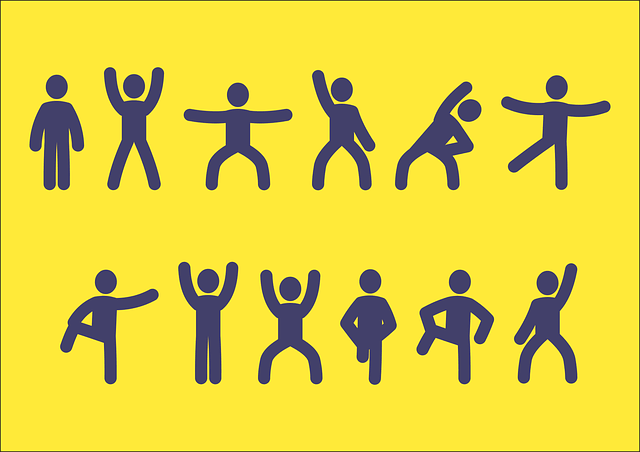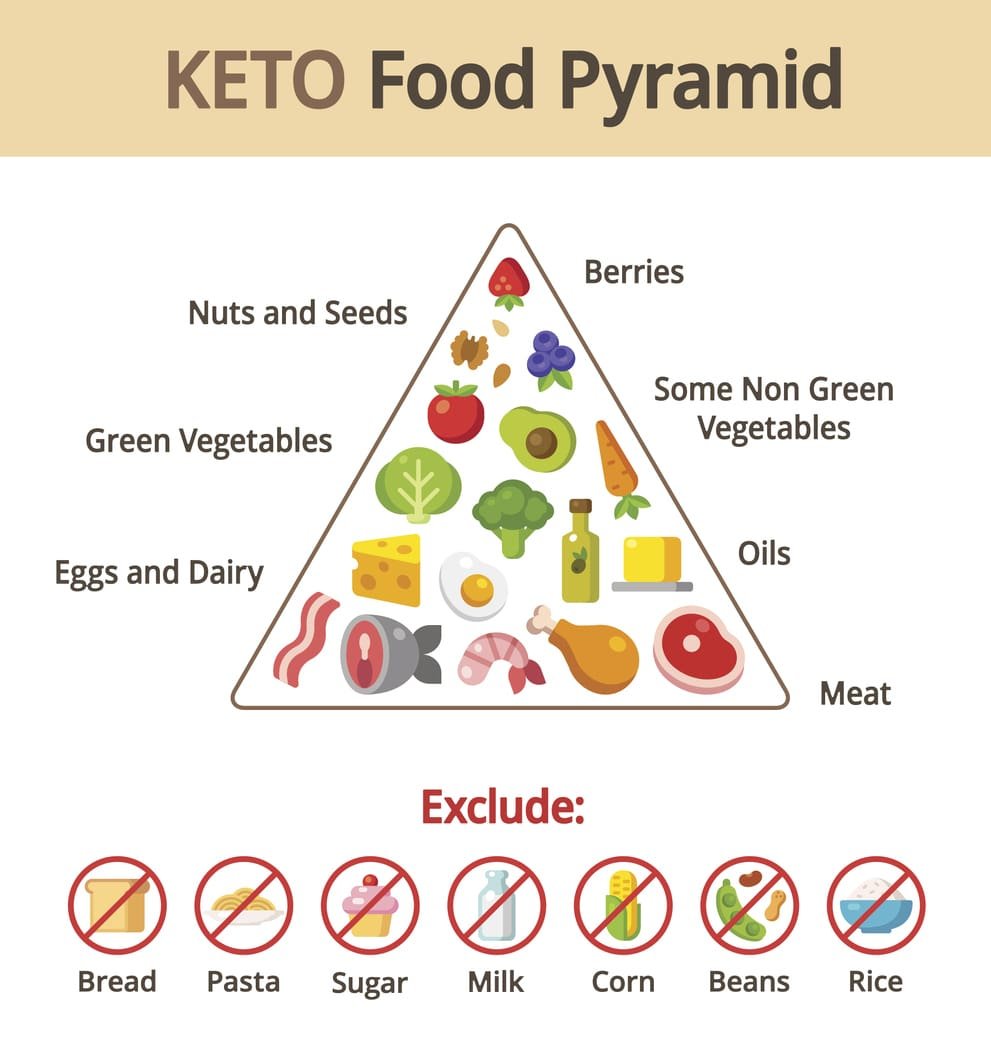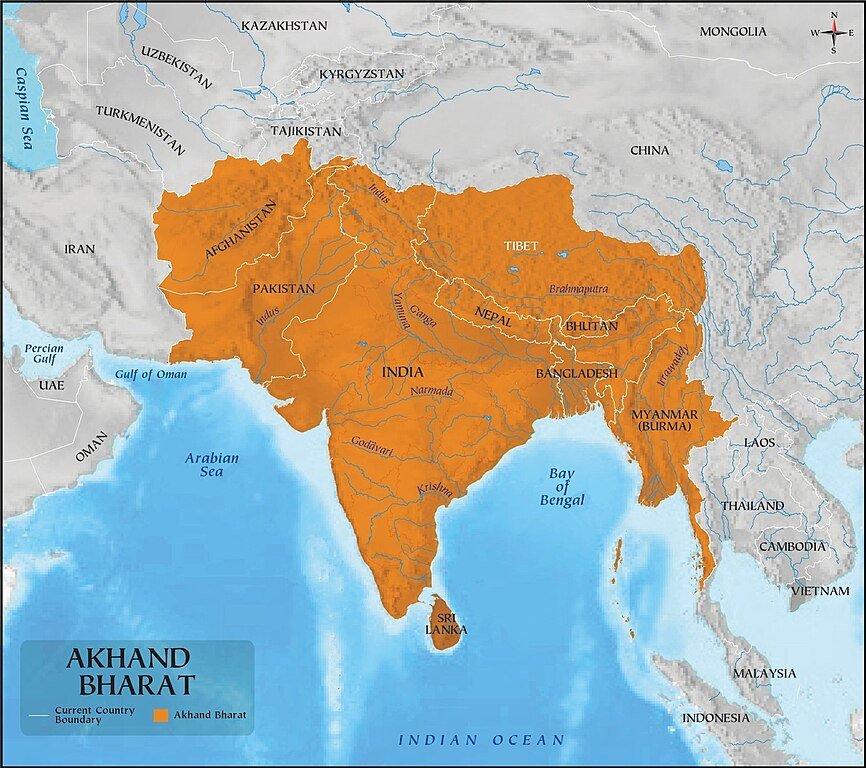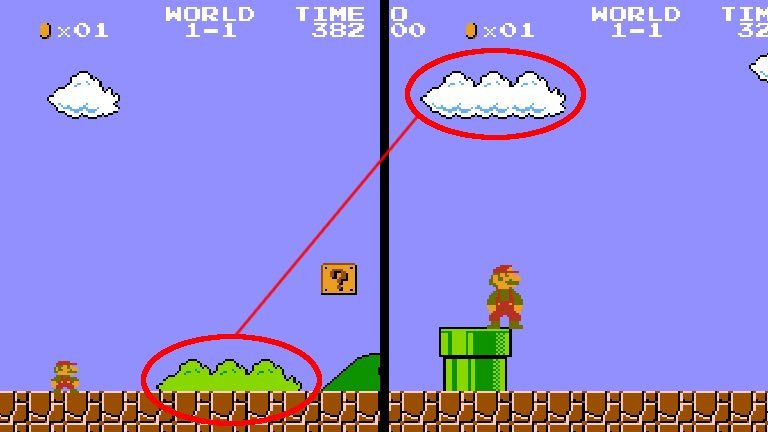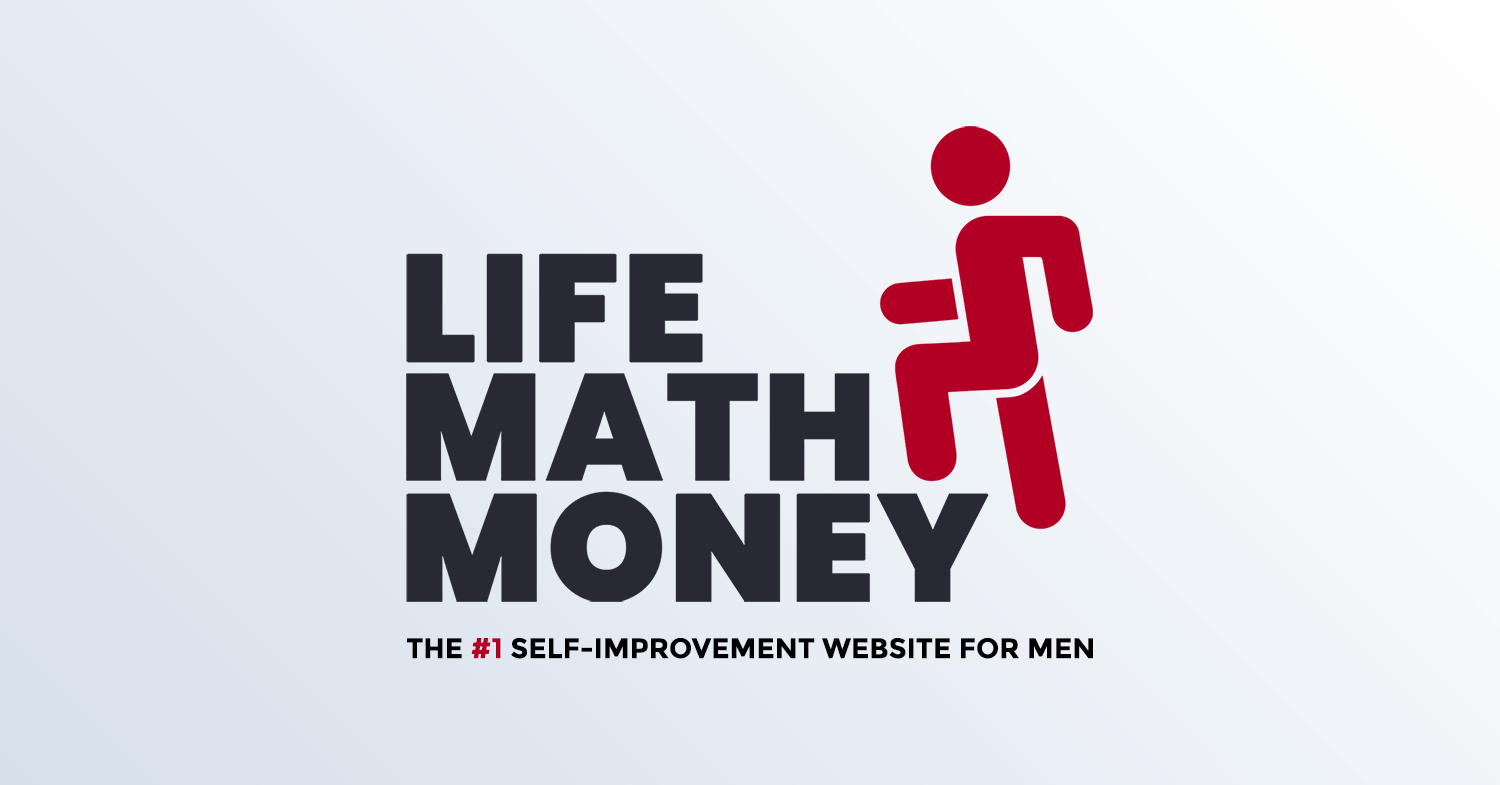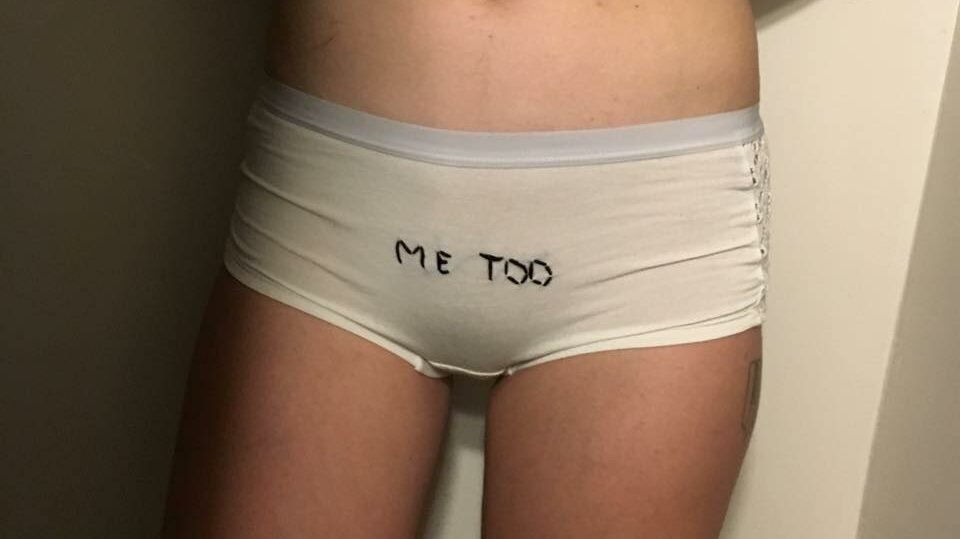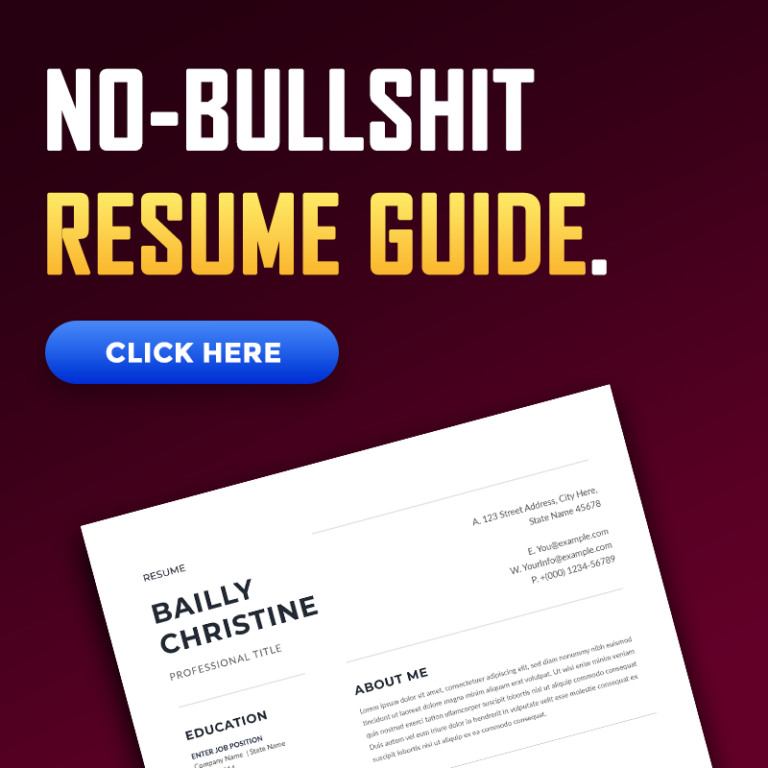Note: This article is meant for those seeking muscle hypertrophy, NOT those who are pursuing pure strength goals.
If you go online you will see a lot of debate about the “best” training split.
Some say Push Pull Legs is the best split, some say it’s total body done 3 times a week, and yet others will tell you to just stick to the bro split.
You will often hear “you need to train every muscle at least 2 times a week” even though this is based on very flimsy research.
The One Line Answer
You should pick a split that lets you train your body as often as possible while also providing you with enough recovery.
Now that’s a mouthful, so let’s break it down the two main things a good split for you should have:
- Train your body as often as possible
- Gives you enough time to recover
This is because more volume is almost always better for hypertrophy, assuming you can recover from it and the right intensity is there.
Remember that it is not lifting heavy weights that makes your muscles grow. That only provides a stimulus. It is RECOVERING from lifting heavy weights that makes your muscles grow.
It should now be fairly obvious that the more often you can do this stimulus and recovery cycle, the more you will grow (please see the “We assume intelligent programming” section).
Recovery
Once you understand the last part, you will understand that the main factor that you need to take into account when choosing a split is recovery.
If you are beginner, you cannot lift heavy enough to fatigue your muscles to the point that it takes many days to recover.
As you get stronger, you are able to lift harder and heavier, which necessitates programs that provide longer gaps between training the same muscle group again.
For example, a total beginner cannot squat heavy enough that he needs more than a 48 hour break to recover from his training. So someone like him can train the legs 3 times a week without any problems.
On the other hand, a stronger lifter can easily squat heavy enough to necessitate 3-7 days for his legs to recover from the effort. If he tries to squat again after 48 hours, he will not be able to do a heavy workout simply because his legs are still fatigued.
Likewise, older trainees recover slower than younger trainees, so they need a program that gives them more rest times.
It should also be noted that stress is cumulative, and people who have overall stressful lives (which could come from your job or your personal life) need more rest times than the 21 year old trainee with few cares in the world.
We assume that you are not doing things that fuck up your recovery – You are sleeping enough, eating according to plan, not going through emotional turbulence like a divorce, etc.
We assume intelligent programming…
Now before the low IQ nitpickers say things like “You can totally make a beginner too tired to squat for a week, just make him do 100 reps with the empty bar.” and other ridiculous bullshit like that, let me make it clear that we are assuming intelligent programming:
- There is some sort of progressive overload in the program. We’re not talking about dudes lifting the same weights every week, day in day out.
- Exercise selection is done intelligently for hypertrophy. We’re not doing burpees or anything on the bosu ball.
- Exercise volumes are picked intelligently for hypertrophy. We’re not doing 100 reps of air squats because that gets you zero hypertrophy.
- There is enough intensity and volume to provide a growth stimulus, but not so much that you’re just doing junk volume and fatiguing yourself for no real benefit.
Also, when we’re talking about muscle fatigue, we are assuming that you have been training for some time. If it’s your first few days in the gym or are returning to training after a break, you will have massive soreness, but that will go away as your body gets used to the training.
We are talking about fatigue that comes from training beyond the initial period, NOT the first week of soreness that you get when you return from a training break.
The Right Split For You
So of course the right split depends on your ability to recover from training.
If you are beginner, you can pick a split that has you training more frequently. Intermediates and advanced lifters need a more elaborate split.
If you are younger, your recovery is better so you might spend a lot longer on a higher frequency split than an older person who needs to switch to a lower frequency split sooner.
That said, this is how it goes:
Training the body once every 2 days: The Full Body Split [Typically for the beginner]
Someone who’s only starting out with lifting can train his entire body once every 2 days and recover from the effort.
You train full body one day, take a day off, and repeat.
In practice it typically means one of those Monday Wednesday Friday or Tuesday Thursday Saturday (or whatever) schedules where you train full body each day.
Workouts can look like this:
| Exercise |
| 1-2 Leg exercises (usually some version of the squat at this level and one optional isolation movement, or squats and deadlifts) |
| 1 Back exercise (you can alternate rows and pulldowns every workout) |
| 1 Chest/Shoulder exercise (typically some version of the bench press which can alternate with overhead press) |
| 1 Bicep exercise |
| 1 Tricep exercise |
| Something for abs/core (exercise of choice) |
Normally a rank novice can do this for a few months before he gets to the point that he can lift heavy enough that he’s no longer able to recover enough to be able to have a productive workout 48 hours later.
Congratulations, you are no longer a beginner lifter.
At this point, the strength focused routines do things like Heavy/Light/Medium (HLM) but like I said earlier, this article is about hypertrophy, not pure strength.
So we move to training our body once every 3 days with the Upper Lower Split.
Training the body once every 3-4 days: The Upper Lower Split [For Early to Late Intermediates]
Now that you can’t train your body every 2 days, you start training the body every 3 days.
This means you divide your training into 2 parts, typically one “upper” day and one “lower” day, followed by a rest day (ULR), but there’s no hard and fast rule that it has to be strictly upper and lower.
You could also have a program that does Legs and Chest/Shoulder in one day, and back and arms on the second day, etc.
This split is typically done on a Monday-Tuesday-Thursday-Friday routine with a break on Wednesday and a double break on the weekend. Typically an exercise that fatigues the CNS (like barbell back squat) is kept on Monday to take advantage of the double break on the weekend.
This is not an article about programming but about picking a split, so I’ll give you the generic version of what a good upper lower split looks like without complicating it:
| Lower day | Upper day |
| 1-2 compound (Some version of the squat, leg press, deadlift) | 1 compound push (some version of the bench press or overhead press) |
| Hamstring isolation (eg. leg curl) | 1 Row |
| Glute isolation (eg. hip thrust) | 1 vertical pull |
| Quad isolation (eg. leg extension) | 1 Chest isolation |
| Low back work (eg. back extension) | 1 Lateral delt isolation |
| Core/abs work (exercise of choice) | 1 Rear delt isolation |
| Calf work (exercise of choice) | 1 Bicep exercise |
| – | 1 Tricep exercise |
Again this is simply one pattern and doesn’t mean the same workout needs to be repeated every 3 days.
As you get stronger and it becomes too hard to recover, you have two options:
- You take extra breaks on the upper lower split, which could mean something like ULRR or URLR
- You can move to the Push Pull Legs (PPL) split
Training the body once every 4-5 days: The Push Pull Legs (PPL) Split [For Late Intermediates to Advanced]
Once you become strong enough that you cannot recover from training your body once every 3 days, you need to break up training over 4-5 days.
This is typically done with a Push Pull Legs Split (which is better executed as a Legs Push Pull Split since it’s a foolish idea to train legs right after fatiguing your back).
Instead of dividing the body into 2 parts (upper and lower), you divide the body into 3 parts:
- Push: Chest, shoulder, triceps
- Pull: Back and biceps
- Legs: Quads, hamstrings, glutes, calves, etc.
One day you do legs, then next day you do push, and then you do pull, and then you take a rest day, thus training your body over 4 days (LPPR).
As you get even stronger, you can do the PPL split over 5 days, which looks like PPRLR.
A program can look something like this:
| Legs | Push | Pull |
| 1-2 Compound | 1-2 Compound push | 1-2 Rows (1 wide and 1 narrow grip alternated every workout or done in the same workout) |
| Quad isolation | 1 Chest isolation | 1-2 Vertical pull (1 wide and 1 narrow grip alternated every workout or done in the same workout) |
| Hamstring isolation | 1 Lateral delt isolation | 1-2 Bicep exercises |
| Glute isolation | 1 Rear delt isolation | Core/abs work |
| Low back work | 1-2 Tricep exercises | – |
| Calf work | Forearm work | – |
For a good Push Pull Legs split, I recommend Alexander Cortes’s PPL Program.
Training the body once every 7 days: The Bro Split [For Advanced Trainees]
After many many years of training, there will come a time where you will be able to train so hard that you will need an entire week to recover from your training.
You need to divide the body even further, typically you have 1 day for the chest, 1 for shoulders, 1 for legs, 1 for the back, and 1 for arms.
I am not here yet, and the vast majority of people can never get here assuming they are training intelligently and not using steroids.
By the way, the bro split is also where the “Monday = International Chest Day” meme comes from. Arms are typically done on Friday, which is International Clubbing Day. (Hopefully the name of this split is starting to make more sense now.)
For the majority of humans alive who are not taking anabolic steroids, if you are training so hard that you need a week to recover from the effort, it means you have a lot of junk volume in your program.
Typically guys on the bro split will do 12-20 sets of chest in one workout, which will give them no real additional growth than doing just 6 hard sets, but all the volume does add tons of fatigue (you can be sore for days).
It does not make sense for people who are not on anabolic steroids (since for them the insane number of sets are actually productive as they have “extra recovery and support” to put it mildly).
So I will not do a full breakdown of what a bro split looks like, but the quick one line version is 2 compound exercises and 2-3 isolation exercises for each muscle.
Some Important Things to Note
There’s no universal best split. There’s no rule that one split is always better than the other. It depends on the trainee’s recovery ability. In general you should pick the highest frequency split that you can recover from.
Older people should consider starting 1 level below. Older people not only have lesser recovery abilities, but also beat up joints that can’t handle high frequency. It is safer and easier on the joints to go with the lower frequency splits as it gives the knees, shoulder, and elbow joints time to adapt and recover.
Consistency is more important than optimality. Some people can hate a split so much that it causes them to skip workouts. At the same time, there are many many people who have a great body built solely on the bro split.
You will eventually reach your genetic limit. As said earlier, showing up consistently is more important than the optimality of your split. If you do it right, you can hit your genetic limit for hypertrophy in 4-5 years. If you take the less optimal path (like the bro split), you might get there in 7 years instead of 4. Eventually you’ll end up in the same place.
The benefit to not doing dumb training is not just more growth but fewer injuries. Doing a whole bunch of junk upper body volume can easily give you long term rotator cuff problems, elbow tendonitis from excessive arms training, etc. Junk lower body volume is shit for your knees. As you get older, you have to be smarter about training.
One sign that you need more rest is if you have constantly achy joints and persistent soreness. For example, if you’re doing a 3 day UL routine (ULR) and your legs are still sore when the next lower workout comes around, or you’re still feeling achy in your arms when the next upper workout is here, you need to add rest. Go with URLR or ULRR or something.
Don’t Make Your Own Program
Now I realize there are going to be at least some of you who think “This makes a lot of sense. Let me make a program according to the template tables provided”.
All I can say is: DON’T.
Most of you do not know enough about this to be able to make a good program. At best you will make a mediocre program, and at worst you will make something that looks like this:
Exercise 1: Bench Press
Exercise 2: Dumbbell chest press
Exercise 3: Chest press machine
Which is basically you doing the same exercise 3 times.
No need to mention that most also know jack shit about exercise selection, rep ranges, rest time, minimizing overlap, protecting the shoulder girdle, etc.
SO DO NOT MAKE YOUR OWN PROGRAM.
Just use a program built by an expert that has proven to work. Some are available on the internet for free, and some are paid.
All I can say is that the paid ones are usually better because people put more time and thought into their paid programs than they do with their free programs.
That’s all for today.
Again, for a good Push Pull Legs split, I recommend Alexander Cortes’s PPL Program.
Hope that helps.
Your man,
Harsh Strongman






